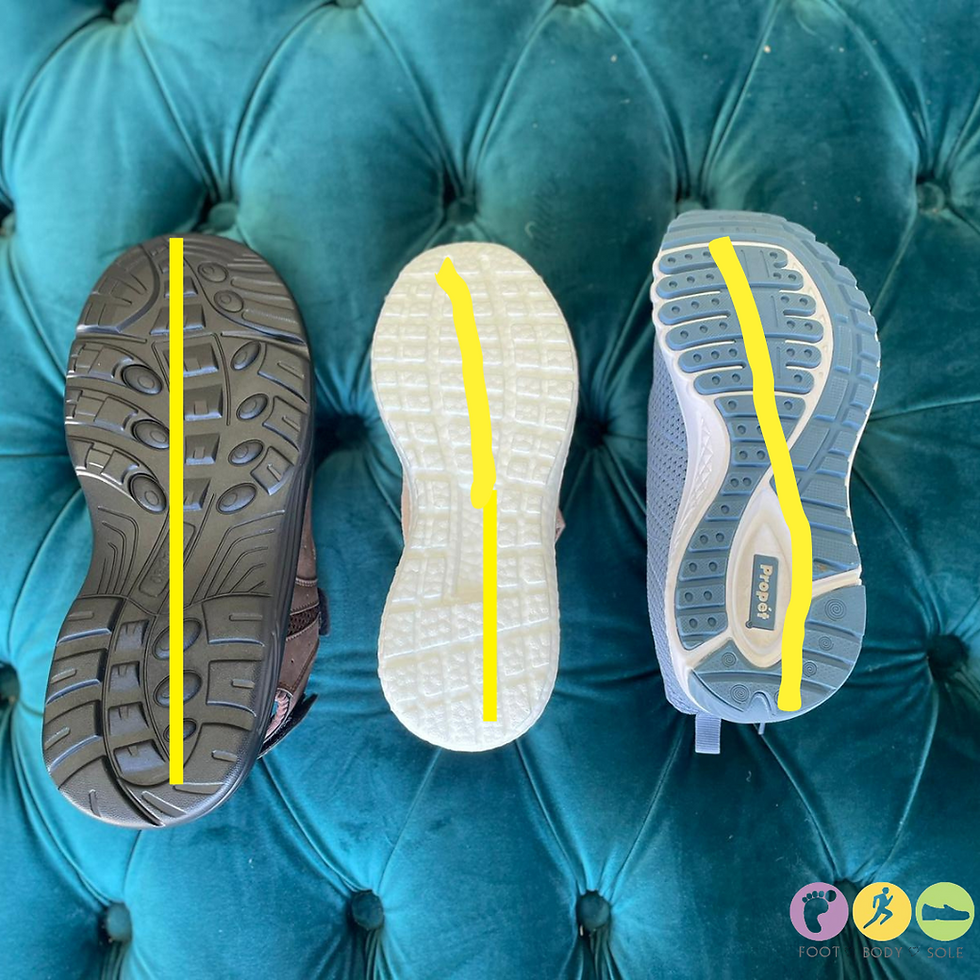Intrinsic Foot Strengthening Exercises
- Foot Body Sole
- Jul 10, 2019
- 3 min read
Updated: Jul 11, 2019
What are intrinsic foot muscles?
Intrinsic foot muscles have both attachments inside the foot, whereas extrinsic foot muscles have one attachment in the foot and the other attachment up in the leg.
There are only a few intrinsic muscles in the plantar surface of the foot - see image below.

There are many more intrinsic foot muscles! They act collectively to stabilise the arches of the foot, and individually to control movement of the digits, which is why strengthening these muscles are extremely important.
These muscles are found in the four layers of the foot - see image below.

Why strengthen our intrinsic foot muscles?
As mentioned above, intrinsic foot muscles are used to control the motion of the foot in shock absorption (pronation) and propulsion (supination), supporting the foot’s arch as well as contributing to stability, balance and proprioception.
Reduced muscle strength and volume can contribute to various foot pathologies - pathologies that we see daily at Foot Body Sole - and these include plantar heel pain, chronic ankle instability, bunions and even for pathologies in diabetic foot patients.
… Moving on to the exercises!
Here are some simple but effective exercises that we at Foot Body Sole recommend to increase your intrinsic foot muscle strength, which can help prevent injuries and common foot pathologies!
Firstly, is the short foot exercise:
Sit in a chair in your bare feet. At a 90-degree angle at your knees and ankles, shorten your foot by rounding the arches in your feet WITHOUT scrunching your toes. Once you’ve practiced this, you can graduate on to doing it on both feet whilst standing, then eventually just the one foot!
Hold each scrunch for 10 seconds, and repeat for 2 minutes.
**TIP: It is best to do this at your desk at work or even when brushing your teeth, so it doesn't add on extra time to your day! ;)
Next, is the piano toe or toe extension exercise:
As above, start off sitting and try to keep just the big toe on the ground with all the little toes lifted off the ground. Then, switch and lift the big toe off the ground while all the little toes are stuck to the ground. Similar to the previous exercise, once you’ve nailed it sitting down, you can graduate on to doing this on both feet standing up, then to just the single foot. We recommend holding each press for 8 seconds and perform 12-15 reps per foot.
**TIP: It is even better if you can keep your foot in the short foot position that we talked about right above, as it works the intrinsic muscles even more!
Lastly, is the toe splaying exercise:
The aim here is to splay and stretch your toes out as much as possible and try to get the 1st and 5th toes on the ground, whilst the 2nd to 4th toes are up above the ground. As the above, it is recommended that you do 12-15 reps per foot sitting down at 90-degree angle at your knees and ankles.
**TIP: This is quite tricky and will need quite a bit of practice. Be patient and keep practicing!
What might you notice, and what can you gain from doing these exercises?
Some people have noticed an increase in the size of their abductor hallucis muscle (the bulge located in the medial part of the foot) and an increase in strength of their toe flexors within 6-8 weeks.
In conclusion, by strengthening our intrinsic foot muscles, we hope to help prevent and reduce symptoms due to a range of foot health issues, including running-related injuries, weakness due to diabetic neuropathy, flat feet, plantar fasciitis and much more.
This in combination with dry needling, ultrasound, laser, shockwave & interferential treatments can vastly improve your foot pathologies if you have any foot pain - contact us at the clinic.
So, do give it a go and let us know if these exercises help you!








Comments